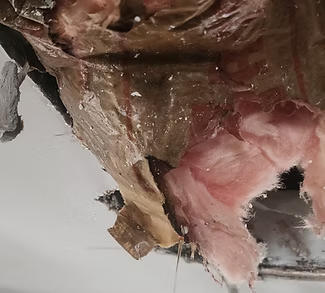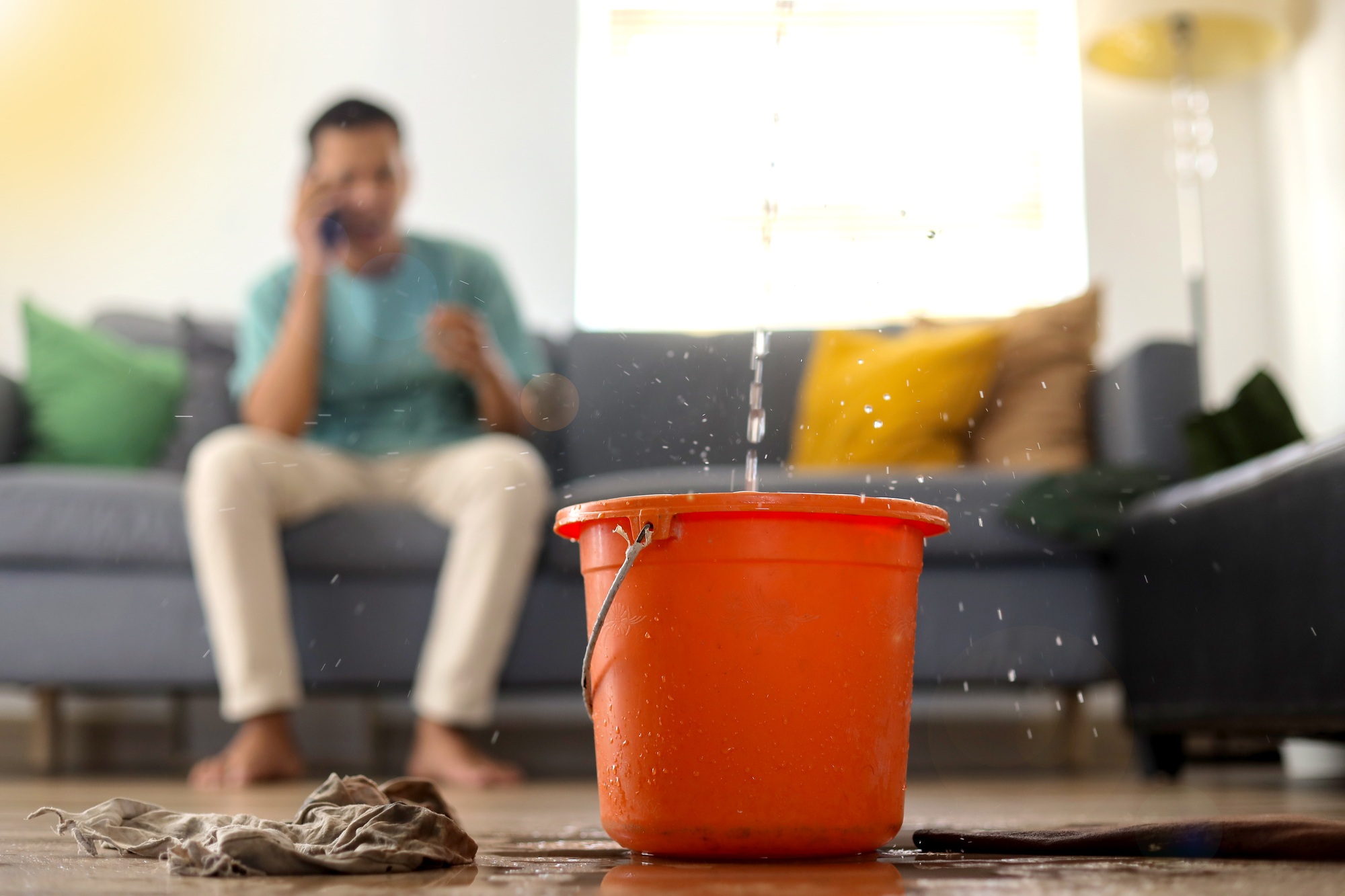Many of our customers have never been in a situation where they have had to file an insurance claim. However, they quickly come to the realization that they need water mitigation. Enlisting the services of a water mitigation company is essential. After experiencing water damage, and filing a claim may be a prudent step to take. This unfortunate scenario usually arises after their home has suffered some form of damage. The common culprits behind such incidents include toilet overflows. Severe storms, sewer backups, frozen pipe bursts, sump pump failures, or even acts of vandalism. Quick water damage mitigation can save you a lot of money and aggravation. It is why we have IICRC water mitigation specialist on the ready.
We fully understand that dealing with sewage backup cleanup. Discovering a flooded basement due to a malfunctioning sump pump, or addressing ceiling water damage can be incredibly stressful. In such moments, you may feel overwhelmed and unsure of what water mitigation services you need. Your immediate priority should be ensuring the safety of you and your family. Once that is secured, the next logical step is to initiate damage mitigation. This is precisely where R & S Restores and other reputable water mitigation companies come into play.
Our team is equipped to conduct thorough water leak mitigation inspections for water damage in your home. We will provide you with detailed information and options. This will empower you to make an informed decision about whether or not to file an insurance claim. To assist you further, we have prepared a comprehensive guide on how R & S Restores can help you with emergency water removal. This guide also outlines how we collaborate with your insurance company to streamline the process. If you want to know what is water mitigation and what is water restoration click here.
If you find yourself in need of assistance, don’t hesitate to reach out. Call R & S Restores at 888-545-8514. Our dedicated team is available to help you. We can answer any questions you may have, 24 hours a day, 7 days a week, 365 days a year. Your peace of mind is our priority, and we are here to support you through this challenging time.

If you’re dealing with an unexpected disaster, we’re here to help. Contact us today to talk to an expert.
888-545-8514

Locating water/sewage on your property can be very stressful. Most property owners are unsure who to call or what steps they should take to prevent further damage and stay safe. Calling your insurance company first is not always the best choice. They might start a claim for damage that costs less than your deductible. Call R & S first. We will help you assess your situation and provide guidance so you can make the right choice.

An R & S employee will inspect your property to identify the affected areas. They will use visual observations and moisture meters to decide on the most effective course of action.

Should your situation require mitigation services, you will be asked to sign an agreement. This agreement will allow us to start dry down and restoration services. The agreement also allows us to bill your insurance company should an insurance claim be filed.

After we take meter readings to find affected areas, we will follow IICRC guidelines. This will help us decide if any building materials need to be removed. We will also choose the right drying equipment to stop further damage to your property. This equipment will be placed and left onsite typically for 3-5 Days.

We will go over the damaged areas of your property to ensure that building materials have reached pre-loss moisture levels and that no further damage will occur to your property. During this time, when claims are filed, an insurance adjuster will have come to the house or will need to set up a time to inspect it so you can begin the reconstruction process.

No estimate is required to start emergency drying services; in fact, your insurance company has a provision requiring you to mitigate further damages. R & S does not set pricing for these services. We use a price list and services insurance companies agree to. This estimate is based on the time it took for your property to dry and what work was done.